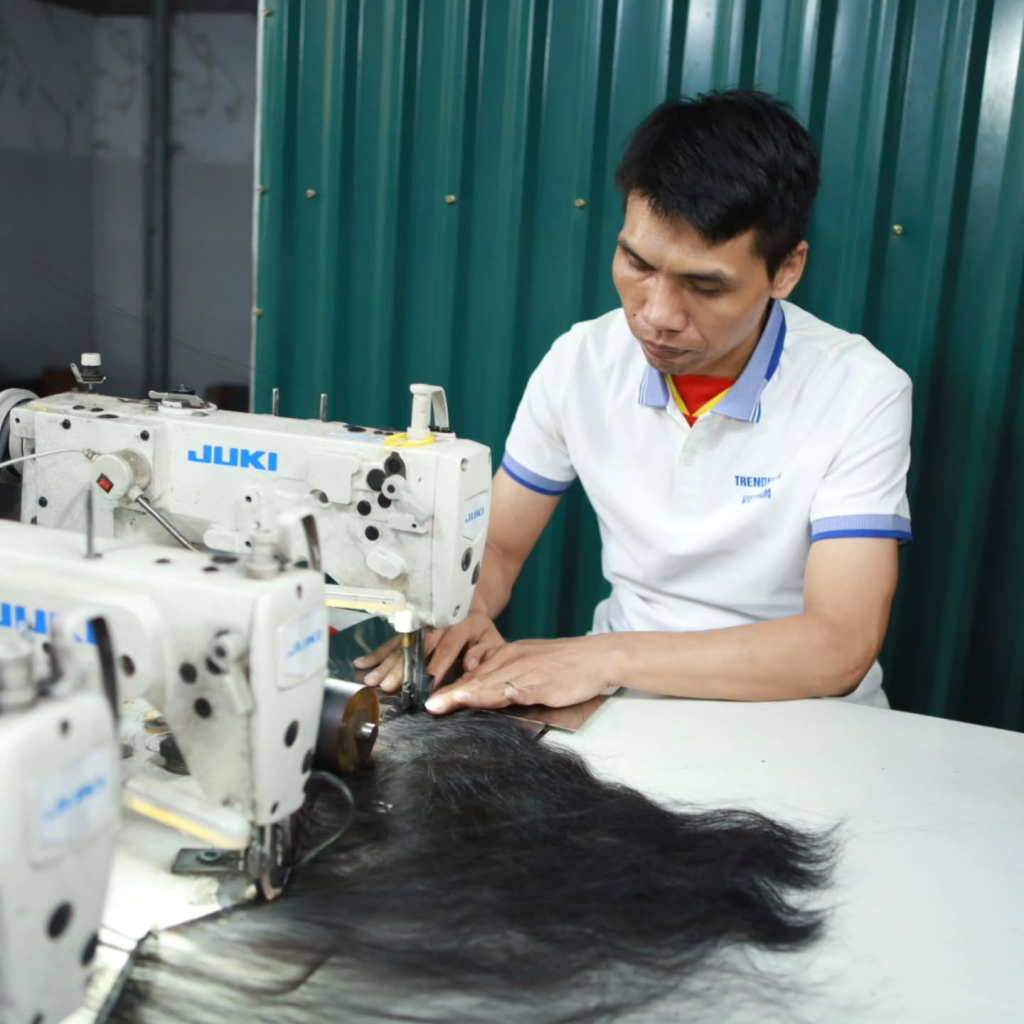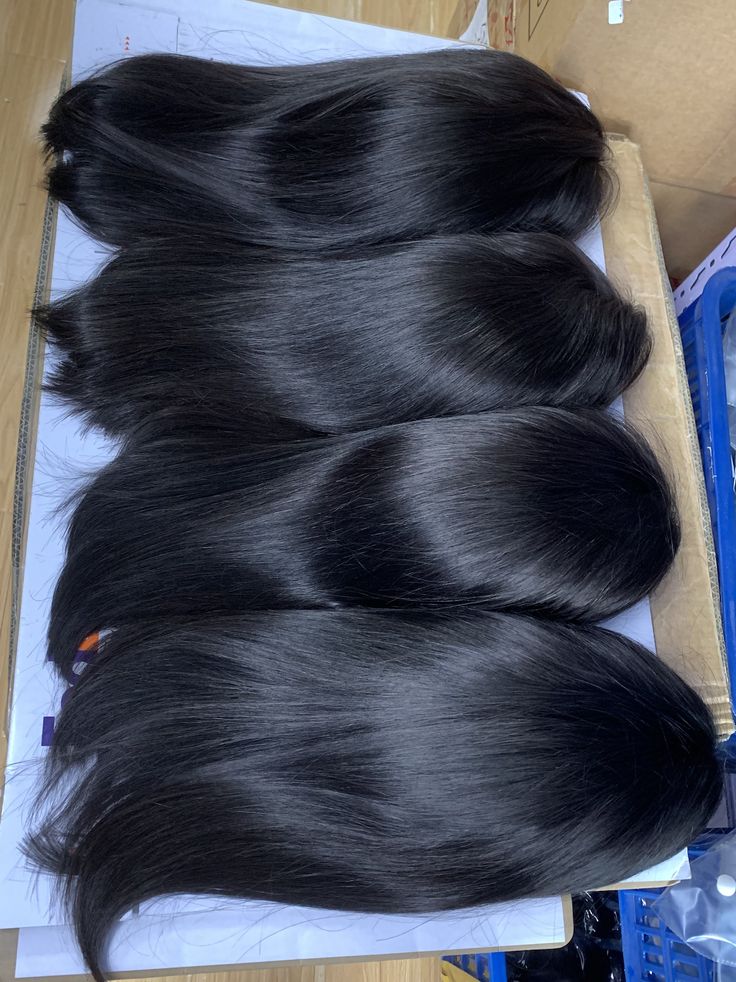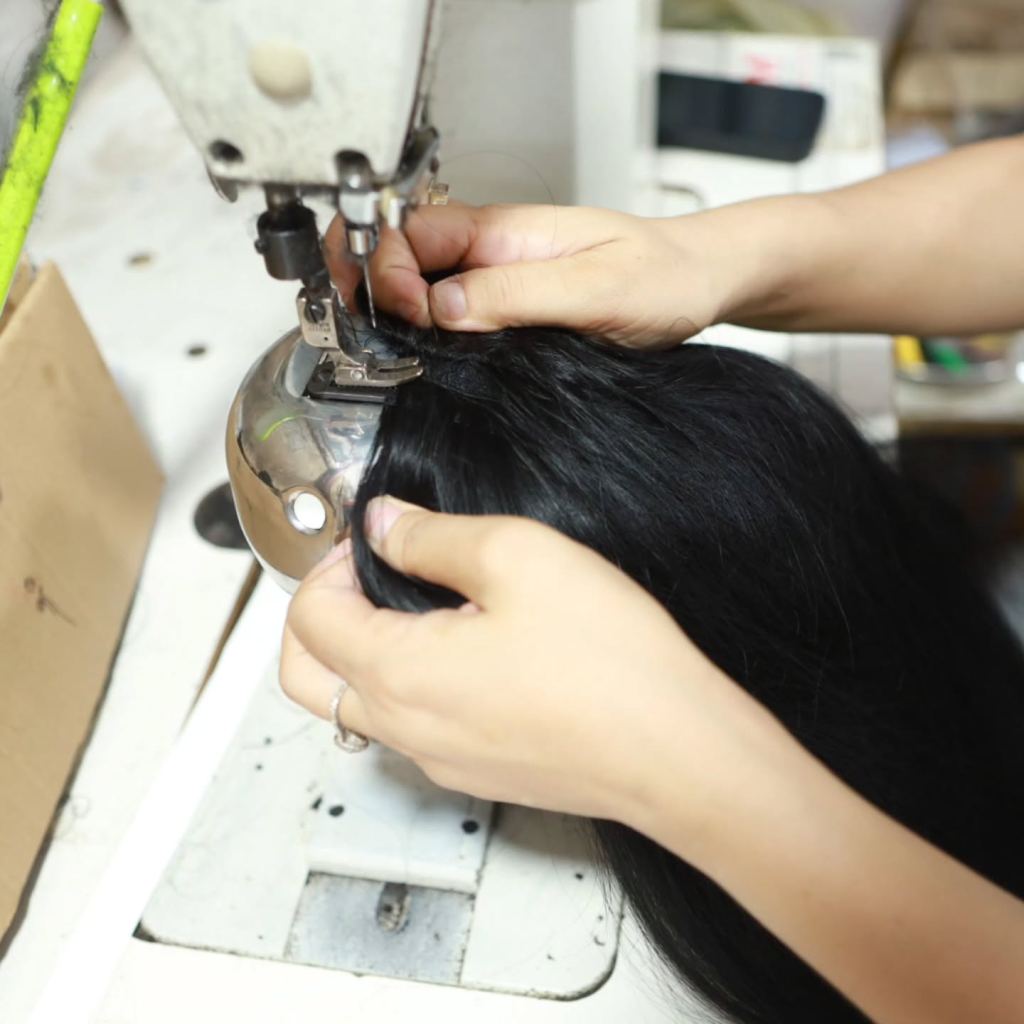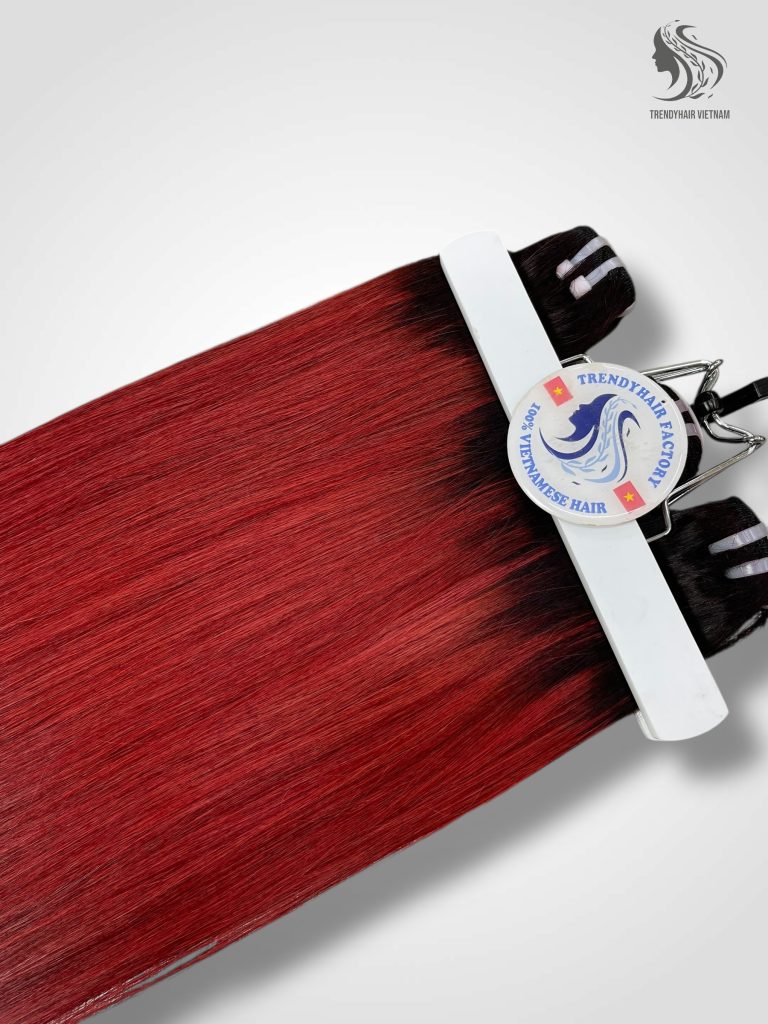Introduction: The Environmental Impact of Human Hair vs Synthetic Hair The beauty and wig industries have been growing rapidly, and with that growth comes an important discussion: the environmental impact of human hair vs synthetic hair. While synthetic wigs may appear affordable and convenient, their hidden costs on the planet are significant. On the other […]
The beauty and wig industries have been growing rapidly, and with that growth comes an important discussion: the environmental impact of human hair vs synthetic hair. While synthetic wigs may appear affordable and convenient, their hidden costs on the planet are significant. On the other hand, human hair wigs—especially those made from premium Vietnamese raw hair by TrendyHair—stand out as a sustainable option that balances beauty, durability, and eco-consciousness.
One of the most overlooked aspects when comparing human hair vs synthetic hair is durability. Synthetic wigs typically last only a few weeks or months before losing their shine and becoming unwearable. They are designed for short-term use, which means customers end up replacing them often. This cycle of constant replacement creates more waste and higher production demand.
By contrast, human hair wigs from TrendyHair can last 7–10 years with proper care. This extended lifespan means fewer wigs are produced, purchased, and discarded. When multiplied by thousands of customers, the environmental savings become significant.

When it comes to waste management, the difference between human hair vs synthetic hair is clear. Human hair is organic and biodegradable. Over time, it naturally decomposes without leaving harmful residues.
Synthetic hair, however, is made of plastics and petroleum-based fibers that do not break down. They can remain in landfills for hundreds of years, contributing to the global plastic pollution crisis. Every synthetic wig disposed of adds to a growing mountain of non-biodegradable waste.

The production process is another critical factor in the environmental debate of human hair vs synthetic hair. Synthetic wigs are heavily industrialized products, requiring chemical dyes, high-energy machines, and petroleum extraction. The carbon footprint of these processes is extremely high.
Meanwhile, TrendyHair’s human hair wigs are produced with minimal chemical processing. Our Vietnamese raw hair is carefully collected, washed, and prepared with less energy consumption. By avoiding heavy artificial processing, TrendyHair reduces its carbon footprint and contributes to a cleaner production cycle.

Another hidden environmental cost is water consumption. Synthetic wig production often requires large amounts of water in chemical treatments and dyeing processes. Human hair, particularly raw hair, requires far less water because it doesn’t need the same level of artificial processing. Customers choosing human hair over synthetic reduce the hidden demand for freshwater resources.

The debate of human hair vs synthetic hair is not only environmental—it’s also social. Synthetic wig factories often prioritize cheap mass production over fair labor conditions. Human hair, when sourced ethically, supports communities. TrendyHair works directly with local suppliers in Vietnam, ensuring fair practices and empowering local workers. The Environmental Impact of Human Hair vs Synthetic Hair

While synthetic wigs are cheaper upfront, their short lifespan means customers buy many replacements, fueling production and waste. Human hair wigs, although more expensive initially, provide better value over the long term. The environmental benefit is tied directly to this value—fewer wigs produced equals fewer resources consumed. The Environmental Impact of Human Hair vs Synthetic Hair

At TrendyHair, we educate customers on why choosing human hair is not just about beauty, but about responsibility. Our raw Vietnamese human hair wigs last longer, reduce waste, and minimize chemical processing. Customers enjoy both luxury quality and the peace of mind that their choices align with sustainability. The Environmental Impact of Human Hair vs Synthetic Hair
The comparison of human hair vs synthetic hair goes far beyond appearance. Human hair wigs last longer, are biodegradable, require less chemical processing, and reduce water consumption. Synthetic wigs, while convenient in the short run, leave long-term environmental scars. TrendyHair Vietnam is committed to providing eco-friendly solutions with premium raw hair that serves beauty and sustainability hand in hand. By choosing human hair over synthetic, customers not only invest in their personal style but also make a positive contribution to the planet. The Environmental Impact of Human Hair vs Synthetic Hair
Read more: Blog – TRENDYHAIR VIETNAM
Learn more: https://www.allure.com/hair-ideas

© 2025 TRENDY HAIR. Powered by SAOKIM Digital.
© 2025 TRENDY HAIR. Powered by SAOKIM Digital.
Your order has been received. Our staff will contact you via whatsapp and email within maximum 30 minutes to guide you through payment and complete your order . Please always check DM on your whatsapp.